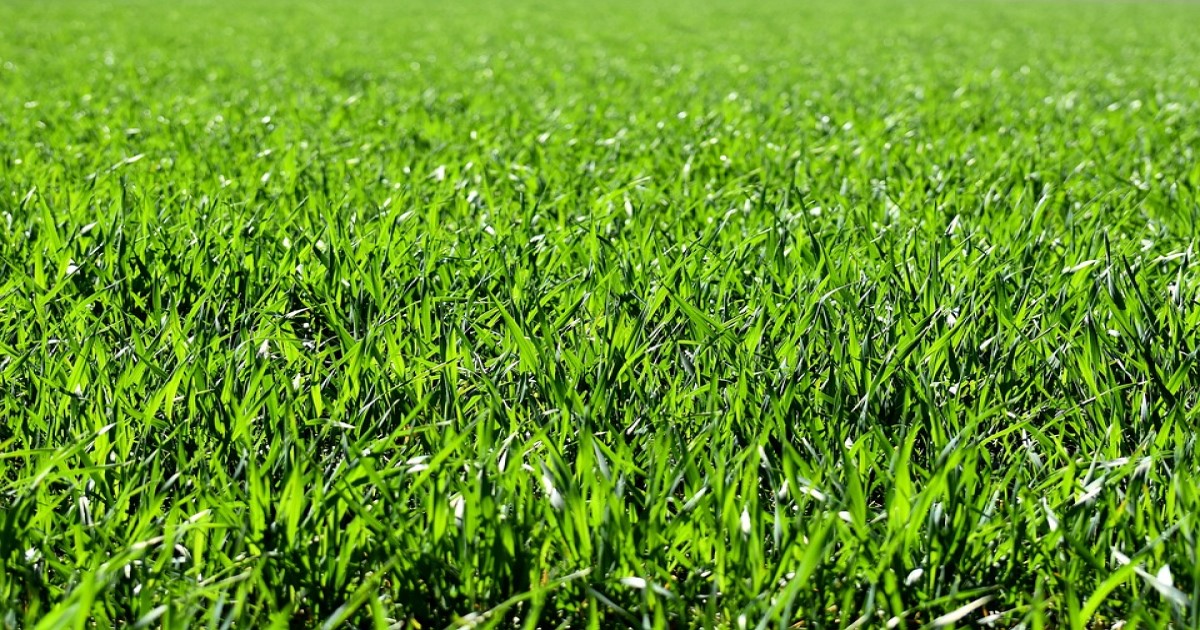Multifunctionality of Grassland Soils: Opportunities and Challenges
A special issue of Agronomy (ISSN 2073-4395). This special issue belongs to the section "Grassland and Pasture Science".
Deadline for manuscript submissions: 15 December 2025 | Viewed by 8419

Special Issue Editors
Interests: grasslands; soil; ecosystem services; grassland management; ecology
Special Issue Information
Dear Colleagues,
Grasslands are a unique ecosystem which occupies more than a quarter of the land surface of the Earth, providing numerous ecosystem services including forage provision, nutrient cycling, carbon sequestration, water filtration, biodiversity, and wildlife habitats. In terms of their origins, permanent grasslands have been established for agricultural purposes on areas that would otherwise be occupied by forests. Consequently, the soils on which they have been created are also diverse and have different textures and physical, chemical, and biological properties. Beyond these permanent grasslands, temporary ley grasslands are a vital part of crop rotation exerting a positive influence on soil ecosystem services.
Healthy soils, as a non-renewable source, are key to ensuring grassland ecosystem services. Climate change and management, such as the intensity of fertilization, overgrazing, or abandonment, are two major factors that affect soil properties and consequently grassland ecosystem services.
This Special Issue will focus on studies and analyses of the impact of grassland management and climate change on the chemical, physical, and biological properties of soils. Therefore, manuscripts and long-term studies aimed at assessing changes in soil organic matter, soil acidity and nutrient content, and soil biota evaluation are all welcome.
Dr. Miriam Kizekova
Dr. Radoslava Kanianska
Guest Editors
Manuscript Submission Information
Manuscripts should be submitted online at www.mdpi.com by registering and logging in to this website. Once you are registered, click here to go to the submission form. Manuscripts can be submitted until the deadline. All submissions that pass pre-check are peer-reviewed. Accepted papers will be published continuously in the journal (as soon as accepted) and will be listed together on the special issue website. Research articles, review articles as well as short communications are invited. For planned papers, a title and short abstract (about 100 words) can be sent to the Editorial Office for announcement on this website.
Submitted manuscripts should not have been published previously, nor be under consideration for publication elsewhere (except conference proceedings papers). All manuscripts are thoroughly refereed through a single-blind peer-review process. A guide for authors and other relevant information for submission of manuscripts is available on the Instructions for Authors page. Agronomy is an international peer-reviewed open access monthly journal published by MDPI.
Please visit the Instructions for Authors page before submitting a manuscript. The Article Processing Charge (APC) for publication in this open access journal is 2600 CHF (Swiss Francs). Submitted papers should be well formatted and use good English. Authors may use MDPI's English editing service prior to publication or during author revisions.
Keywords
- grasslands
- soil
- soil chemical properties
- management
- ecosystem services
- carbon sequestration
- nutrient cycling
- climate change
Benefits of Publishing in a Special Issue
- Ease of navigation: Grouping papers by topic helps scholars navigate broad scope journals more efficiently.
- Greater discoverability: Special Issues support the reach and impact of scientific research. Articles in Special Issues are more discoverable and cited more frequently.
- Expansion of research network: Special Issues facilitate connections among authors, fostering scientific collaborations.
- External promotion: Articles in Special Issues are often promoted through the journal's social media, increasing their visibility.
- Reprint: MDPI Books provides the opportunity to republish successful Special Issues in book format, both online and in print.
Further information on MDPI's Special Issue policies can be found here.






